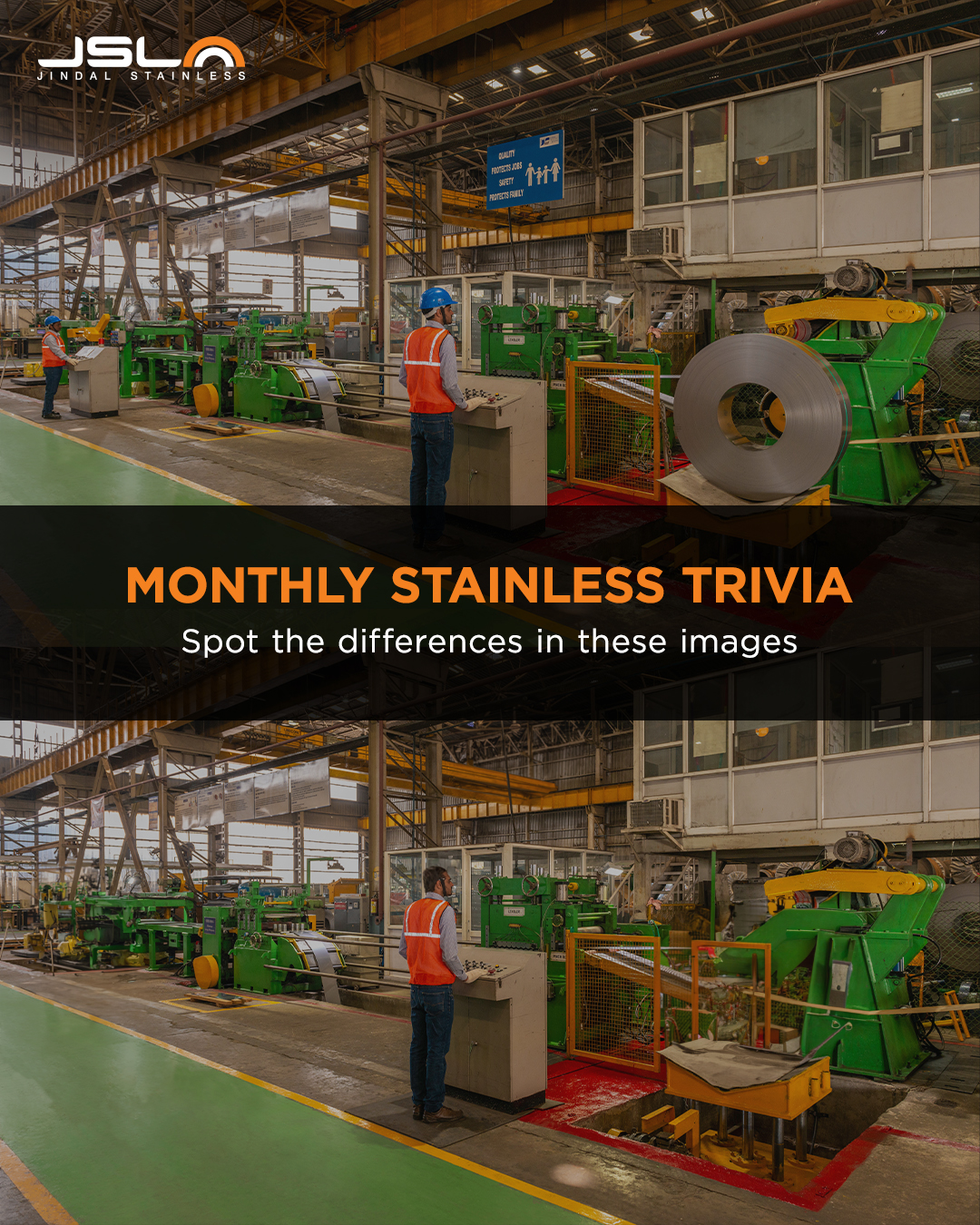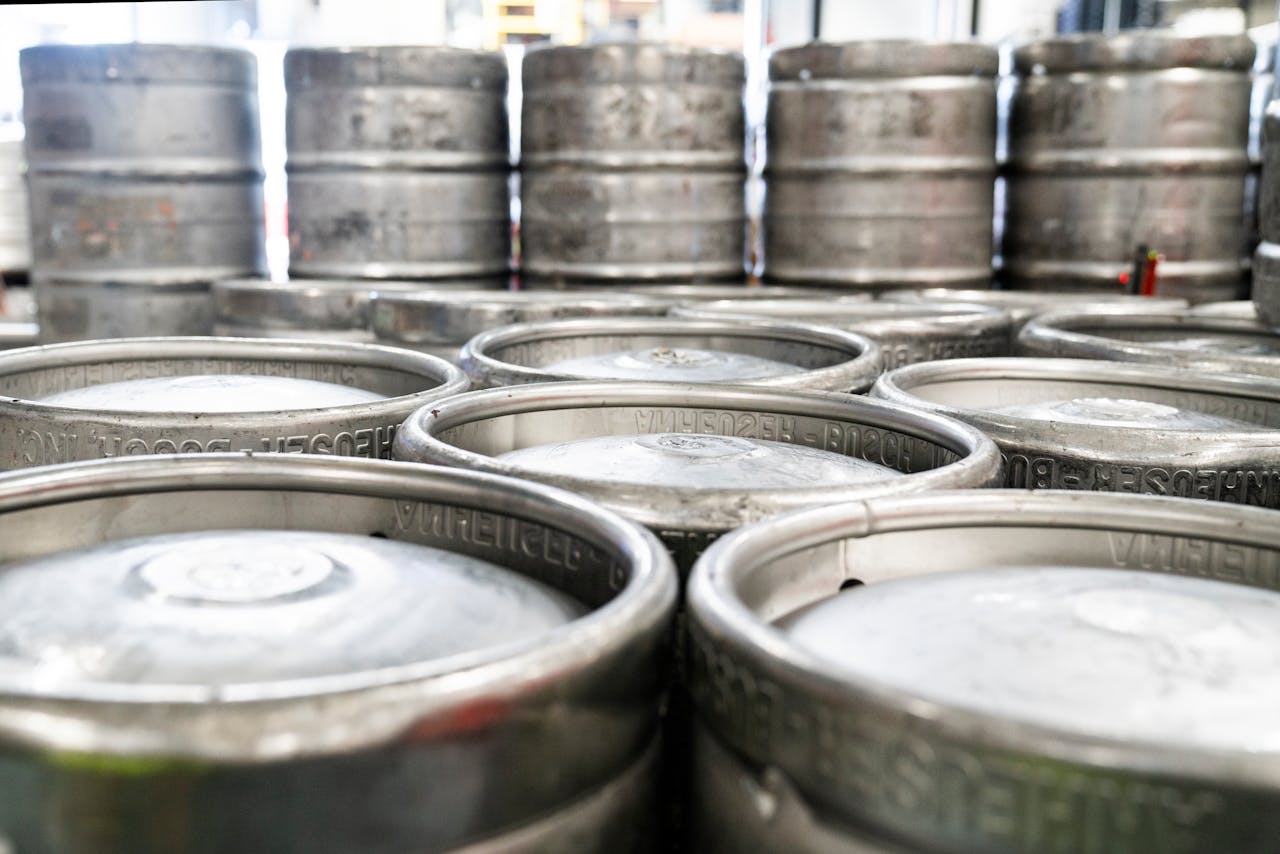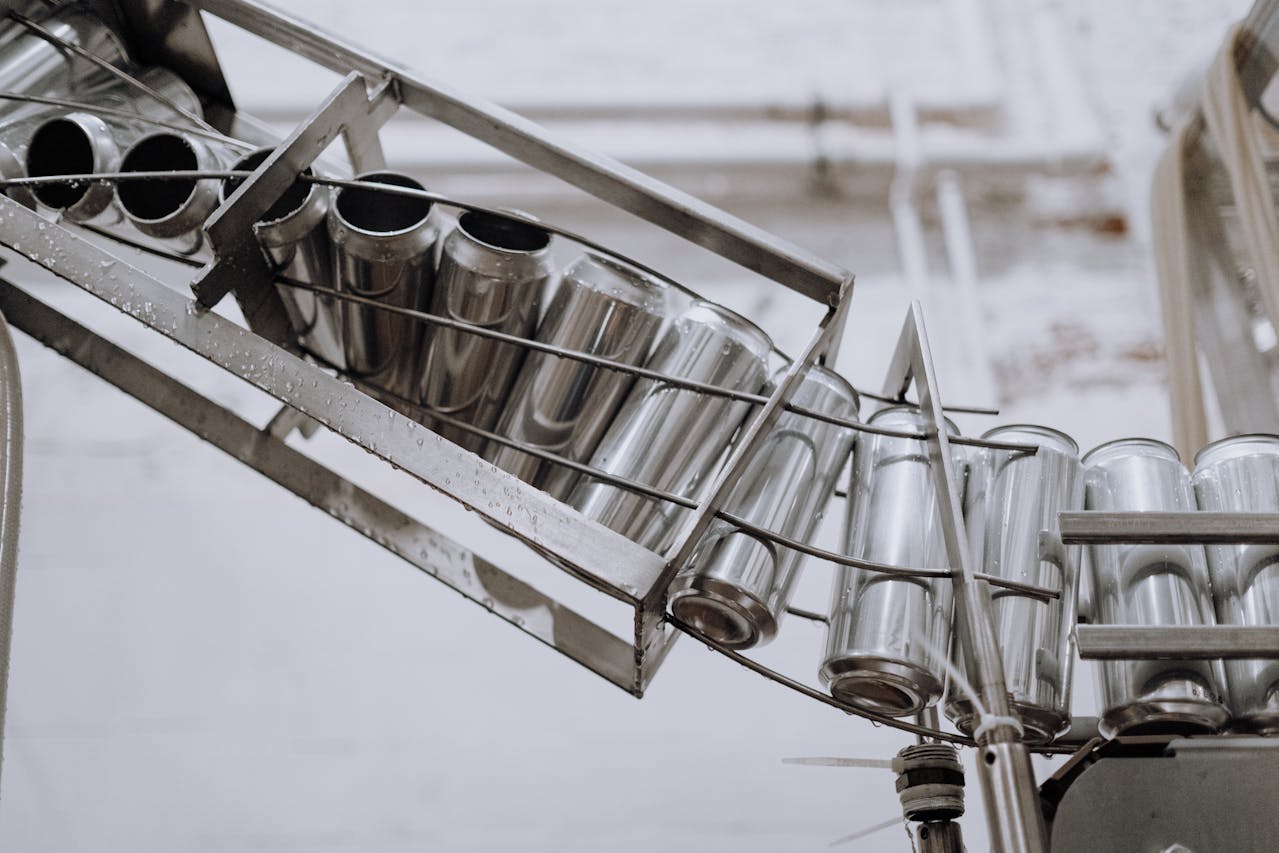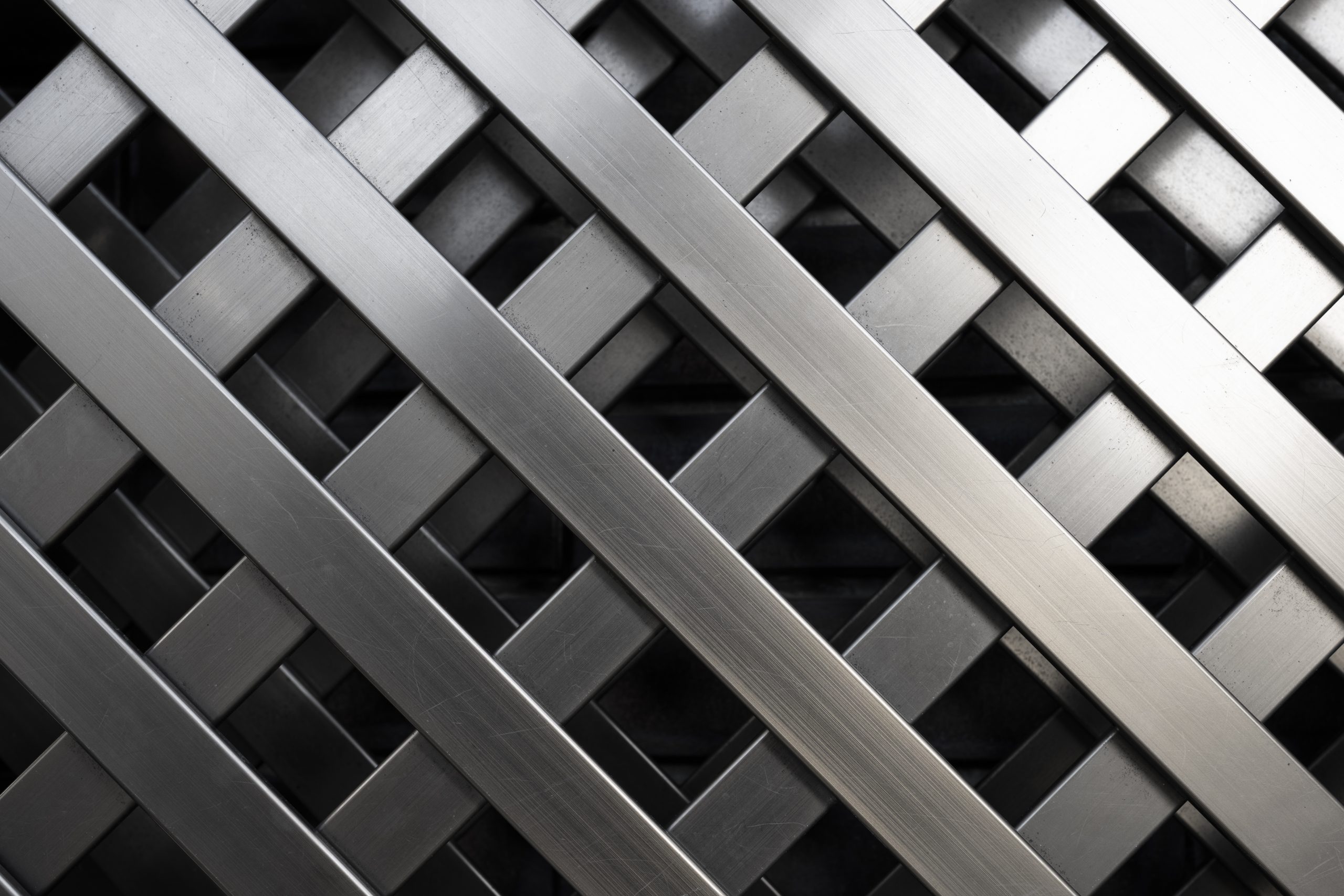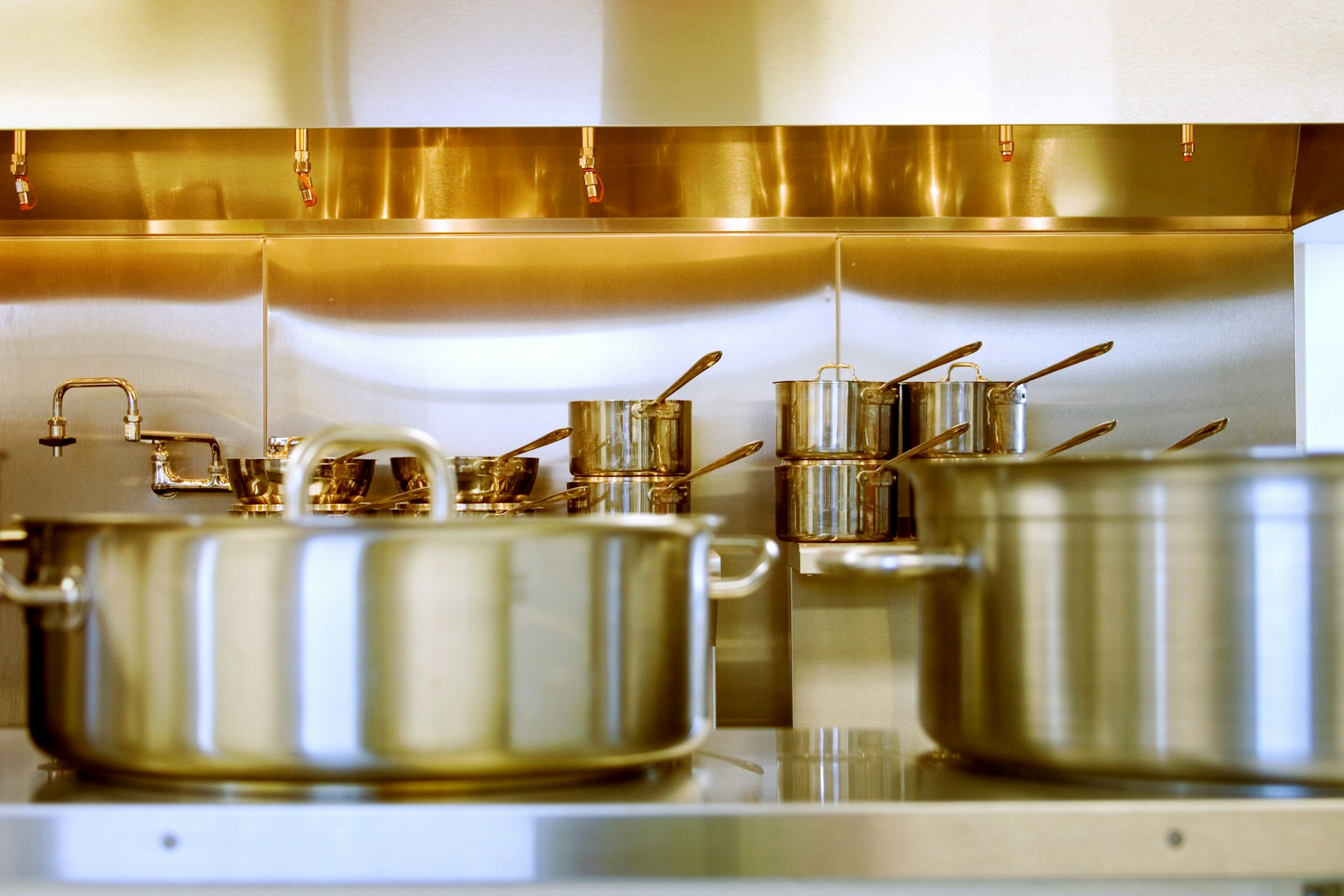Difference Between Stainless Steel and Mild Steel and Key Applications
January 21, 2025
When choosing between mild steel and stainless steel for a project, understanding the key differences in their properties and applications is essential. Both types of steel play vital roles in industries, but each offers unique benefits. In this blog, we will break down the primary difference between mild steel and stainless steel, focusing on their composition, strength, durability, corrosion resistance, and workability.
Introduction to Stainless Steel Types
Mild steel and stainless steel are two of the most commonly used materials in various industries, but their properties differ significantly. Mild steel is widely used due to its low cost and high flexibility, while stainless steel is renowned for its corrosion resistance and strength. Knowing the mild steel vs stainless steel debate is crucial for selecting the appropriate material for your project. For example, while mild steel is excellent for cost-effective structural applications, stainless steel is more suited for environments where corrosion is a concern, such as in marine and chemical industries.
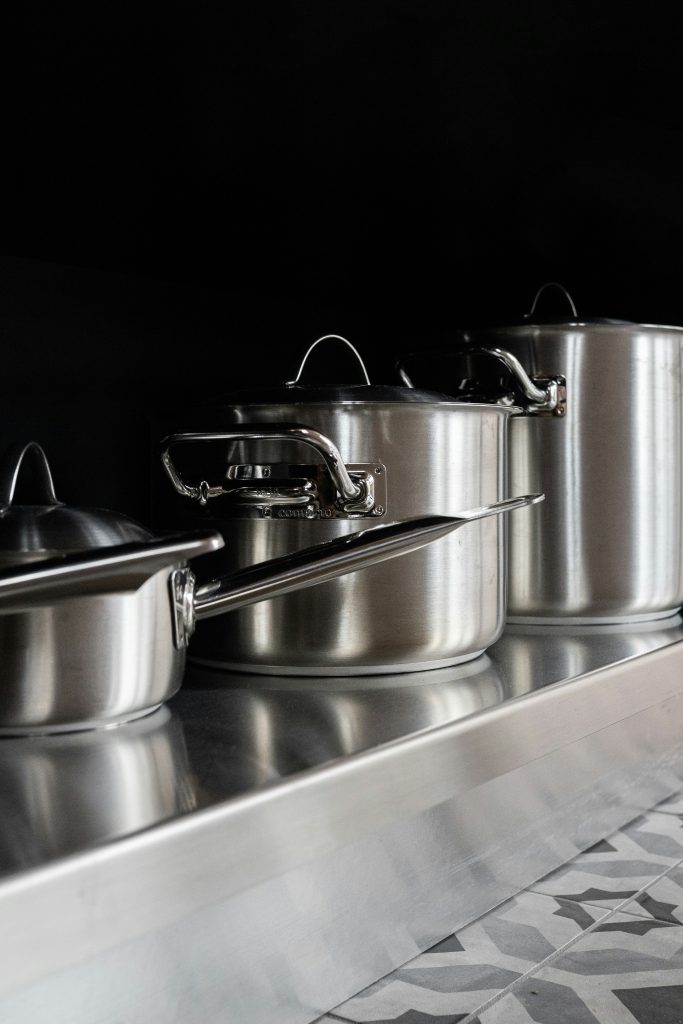
Composition of Mild Steel and Stainless Steel
The most significant difference between mild steel and stainless steel lies in their composition. Both are iron-based, but their alloying elements set them apart.
Mild Steel Composition
Mild steel, also known as low-carbon steel, has less than 0.3% carbon content. This lower carbon content makes mild steel more ductile and easier to weld, but it is also less resistant to corrosion. Unlike stainless steel, mild steel contains fewer alloying elements. It is primarily composed of iron with a small amount of carbon, which provides basic strength without compromising flexibility. Due to the absence of chromium content, mild steel is more prone to rusting when exposed to moisture unless it is painted or coated. This factor becomes crucial in deciding whether mild steel or stainless steel is a suitable choice.
Stainless Steel Composition
Stainless steel, on the other hand, is defined by its chromium content, which is typically at least 10.5%. The addition of chromium forms a passive layer of chromium oxide on the surface, which protects the material from corrosion. In addition to chromium, stainless steel can contain nickel, molybdenum, and other elements to enhance its properties. This composition gives stainless steel its corrosion-resistant quality, which makes it a preferred choice for industries exposed to moisture, chemicals, and extreme temperatures. This key difference between stainless steel and mild steel explains why stainless steel is more expensive yet more durable in harsh environments.
Physical Properties: Strength, Durability, and Corrosion Resistance
The difference between mild steel and stainless steel is not only in their composition but also in their physical properties. Both materials have specific advantages in terms of strength, durability, and resistance to environmental damage.
Durability of Mild Steel
Mild steel is strong and can withstand significant stress before deforming, but it is not as resistant to corrosion as stainless steel. However, mild steel is easier to weld and form, making it ideal for large-scale construction projects and applications where corrosion resistance is not a primary concern. While durable in dry environments, it may require protective coatings or treatments to improve its longevity in outdoor or humid environments. Therefore, mild steel may need regular maintenance to prevent rust and degradation.
Corrosion Resistance of Stainless Steel
Although the stainless-steel grades exhibit higher strength, the primary advantage of stainless steel over mild steel lies in its superior corrosion resistance, thanks to the chromium content. Stainless steel is used extensively in environments exposed to moisture, chemicals, and extreme weather conditions. Its resistance to rust and staining makes it a popular choice for marine, chemical, and food processing applications. This makes the stainless steel and mild steel difference particularly important when selecting a material for outdoor structures, piping, or surfaces that need to maintain a clean, rust-free appearance.
Welding and Workability of Mild Steel vs Stainless Steel
Welding and fabrication processes can vary depending on the type of steel you are using. Both mild steel and stainless steel are workable.
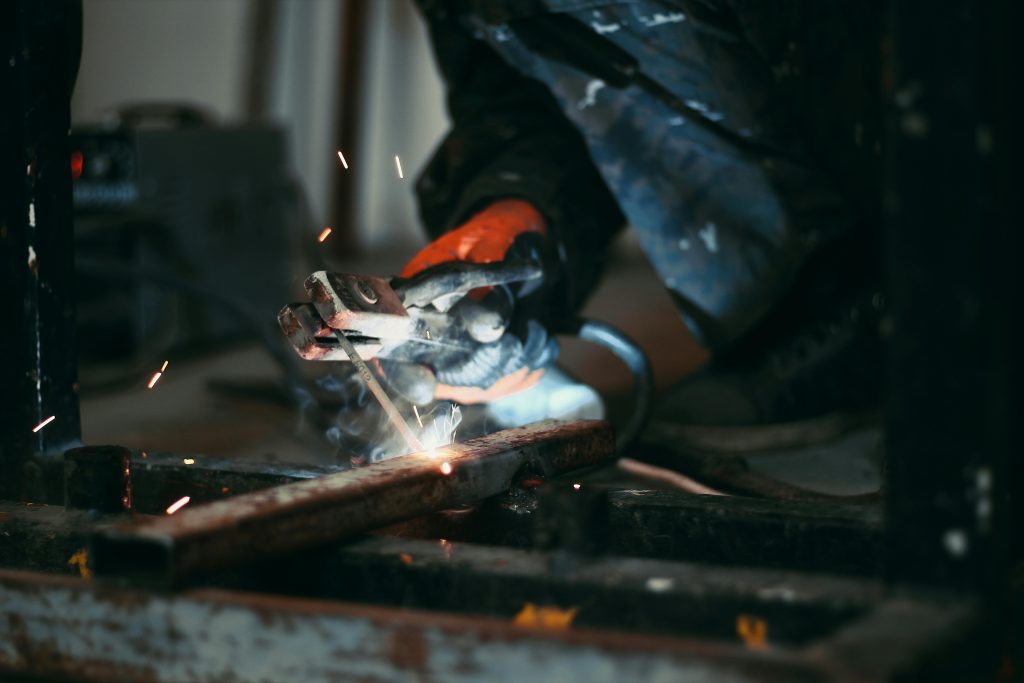
Welding Mild Steel
One of the key benefits of mild steel is its ease of fabrication. It has a lower carbon content, which allows for simpler and more flexible welding methods. Mild steel can be welded using standard techniques without the need for preheating or specialised equipment. This makes it a popular choice for structural and fabrication work. In the mild steel vs stainless steel debate, mild steel is generally preferred for projects requiring extensive welding due to its low cost and ease of use.
Welding Stainless Steel
The welding process for stainless steels is similar to that of mild steel, but several precautions need to be exercised. During welding, it’s essential to prevent oxidation by using an inert gas atmosphere. Additionally, stainless steel tends to warp or crack if not welded correctly, so more advanced welding techniques, such as TIG or MIG welding, are often needed. The mild steel or stainless steel decision in fabrication will depend on the welding expertise available and the project’s requirements for corrosion resistance and durability.
Applications of Mild Steel and Stainless Steel
Both mild steel and stainless steel have distinct applications based on their properties. The application of mild steel is widespread in construction, automobile manufacturing, knives, fencing, pipelines, poles, wire, and nails, while stainless steel finds its niche in more specialised industries requiring corrosion resistance. Stainless steel is popularly used in food processing, chemical storage tanks, marine applications, medical instruments, aerospace requirements, and railway applications where durability and hygiene are paramount.
Which is the Best Choice?
The difference between mild steel and stainless steel is primarily in their composition, physical properties, and applications. Mild steel offers affordability, strength, and ease of fabrication, making it ideal for construction and manufacturing. Stainless steel, with its higher resistance to corrosion and rust, excels in environments exposed to moisture and chemicals, albeit at a higher cost. Understanding these differences will help you choose the right material for your project, whether you’re looking for cost-efficiency, durability, or corrosion resistance.
In the mild steel vs stainless steel comparison, both have their strengths, but your choice will depend on the specific needs of your project. Keep in mind factors like cost, strength, durability, and environmental exposure when making your decision.
